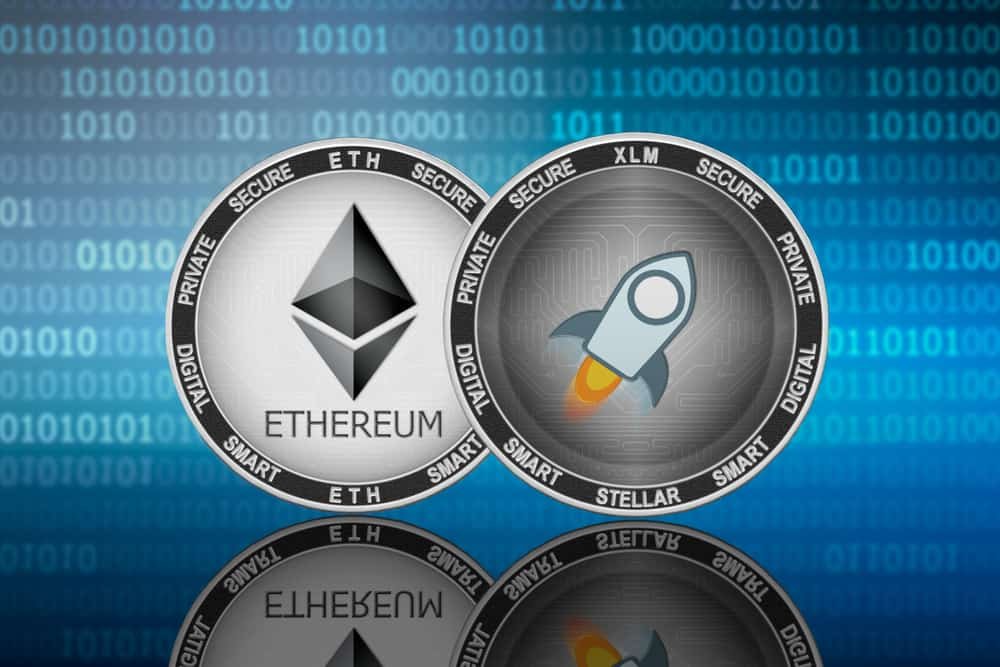I think everyone is familiar with Stellar. It is a fork of Ripple, which uses the internal currency Lumens. Despite the obvious similarities between the two platforms, there are definitely differences. At the very least, there is a noticeable difference in the marketing approaches of the creators: Ripple is a business application, while Stellar is for regular users.
Just in case, it is worth mentioning the creator Jed McCaleb, one of the co-founders of Ripple, who left the project because of disagreements with his colleagues that turned into an open feud. In May 2014, the former employee even contributed to the 40% collapse of XRP, but that’s another story. In addition, Jed McCaleb has projects such as eDonkey and the Mt.Gox exchange, which gained notoriety after his departure.
Bottom line. We have a modern copy of Ripple with more decentralized management and different approaches to product promotion, but perhaps the most important detail has been retained – the developers put a serious emphasis on compliance and working according to all regulatory rules.
As a platform for currency transfers, Stellar exists in a highly competitive environment: SWIFT, K3, etc. What is much more interesting is the company’s ambitions to develop the ICO direction.
Stellar is an American project and therefore, in my opinion, the main competitor for it is Ethereum, while NEO will be a kind of “Chinese Stellar”, and they may well develop simultaneously without prejudice to each other.
Why does Stellar have a good chance of displacing Ethereum?

Stellar connects organizations, payment systems, and people around the world, and the project’s infrastructure is easily suitable not only for issuing its own tokens, but also for functioning as a decentralized exchange: users can easily exchange cryptocurrencies within the system or convert them into fiat.
Coins are created according to a certain simplified pattern: simple tokens can be created in a few hours, and more complex ones in a couple of days, which not only saves time, but also reduces the chance of making a mistake in the code and its subsequent use by intruders. As practice shows, most developers have enough of Stellar’s simple functionality, and few use all the freedoms for writing code provided by Ethereum.
For their part, users get cheap (100,000 transactions per 1 cent) and fast transactions (5 seconds in Stellar vs. 3.5 minutes in Ethereum).
Most importantly, ICOs on Stellar work. Mobius is the first coin offering on the platform: the project raised $39 million in just two hours. Project founder David Gobo said that they decided to choose Stellar because of Ethereum’s scalability problems:
You can’t help but think of the collaboration of IBM and Stellar. One way or another, IBM’s hardware and software keeps almost every firm in the U.S. up and running, and the number of the company’s daily transactions runs into the thousands. It says a lot that such a technology giant trusts Stellar and uses their platform to solve its problems. This partnership has an extremely optimistic outlook.
At the moment, the situation in the cryptocurrency market is far from ideal, but the fact that new projects manage to raise good money at ICOs inspires some confidence that the industry is still alive, and it is quite possible to make profit, just need to choose worthwhile projects that can continue to grow after the panic.
Read also: What Is the Best Crypto Portfolio Tracker?

